The value of physical books has been a highly debated subject for a long time. In previous articles, we have talked about the role of libraries and their possible future in the digital era. Educational mechanics like Learning Commons and Flipped Learning have injected new life into the library versatility as a space for education and distribution of knowledge.
Furthermore, some libraries defy what we know about aesthetics and functionality. Trough architecture, interior design, and resourcefulness they transcend the primary purpose of a library and become a reunion point for who we might call refer to as “knowledge tourists.” These are four projects that surpass expectations.
1. Helsinki Central Library Oodi, Finland
The investment to materialize this project reached 68 million euros, part of this budget went to secure its key location, just across the Finnish Parliament. A third of the 185,000 square-foot space is destined to foster different types of creativity.
The second floor of the library is equipped with sewing machines, scanners, printers, laser cutters, and soldering stations. In these rooms, people can sew, make badges, and even play musical instruments.
The building also includes a co-working space in which entrepreneurs and pop-up markets can flourish.
According to Anna-Maria Soininvaara, the library director, tourists come from across the world to experience the amenities on the second floor.
“Usually they want to experience the Maker Space and ask where all the books are because the shelves are always half empty because they’re all on loan.”
2. Qatar National Library, Qatar
The key to keeping a library open is simple: Motivate people to show up and visit. Qatar National Library hosts 80-90 events per month. This strategy does not only represent the reverence of a whole country for learning but a place to get together and share that knowledge.
The 72 feet high crystal roof was designed to make the most of natural light and to symbolize the idea that light is essential to learning. It also has labs for writing music, broadcast rooms with green screens, play spaces for children of all ages, and even sections for knitting groups.
3. Tianjin Binhai Library, China
This space was built for practical purposes, and to serve as a library for Binhai New Area. Nonetheless, it amassed 10,000 visitors in its opening week. The building may have a straightforward objective, but its architecture is too outstanding to miss. It became an instant attraction.
The entire interior of the building, a 363,000 square-foot space, is painted white. At the center of it, there’s a spherical auditorium and staircases are incorporated into the bookshelves forming a captivating image, a trendy spot for taking selfies. It also has two rooftop decks offering ample and daunting views of the surrounding area.
4. Tec de Monterrey Library, Mexico
Tec de Monterrey‘s Library won the best interior design for an academic library at the Library Interior Design Awards, organized by the Interior Design Association (IIDA) and the American Library Association (ALA).
It has six levels that extend through 56,758 square feet. Its greatest strength lies in its flexibility, which generates a variety of environments and applications to meet all educational necessities. It’s an optimal space to practice strategies Learnings Commons and Flipped Learning.
In the 21st-century, the printed book is not the only medium to register and communicate knowledge to millions of people. But that does not mean books and libraries are obsolete. They need to change with the times.
Libraries that today receive significant volumes of people are those who rely on physical books as much as other forms of conveying knowledge, such as creativity, community building, and more. To understand that libraries are not obsolete, and updating the use of those spaces is the way to push these spaces into the future.
This article from Observatory of the Institute for the Future of Education may be shared under the terms of the license CC BY-NC-SA 4.0 
)
)
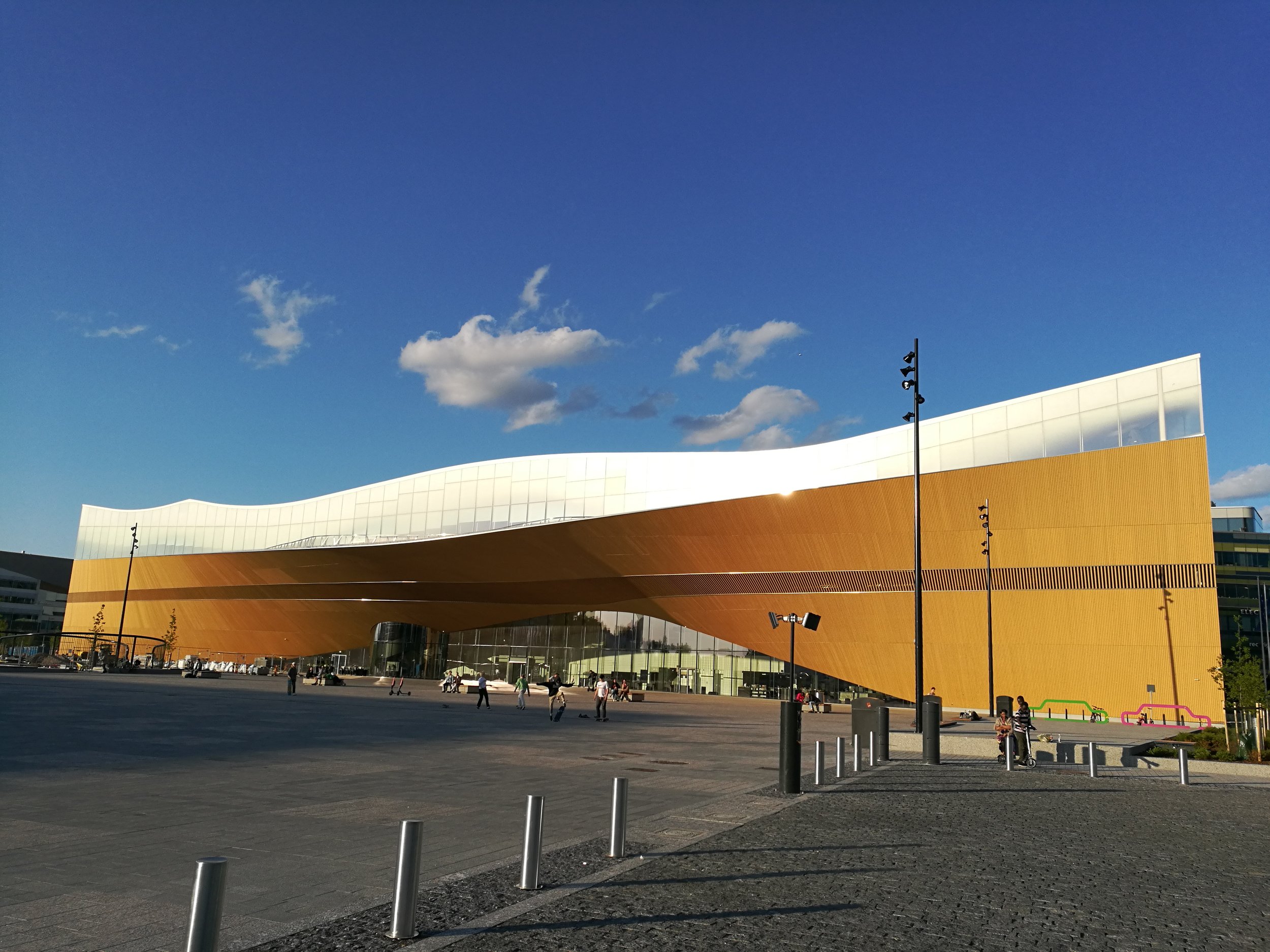
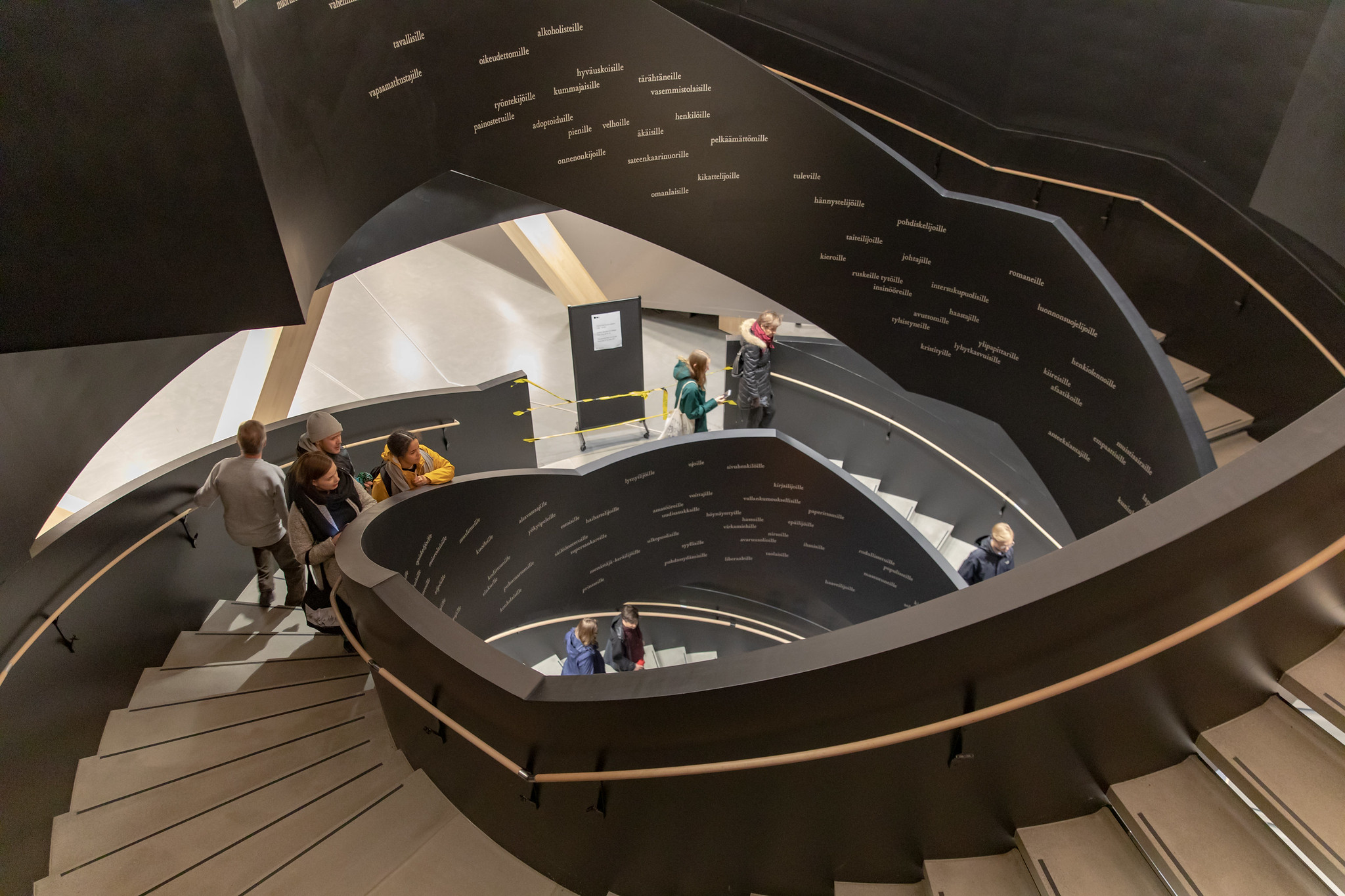
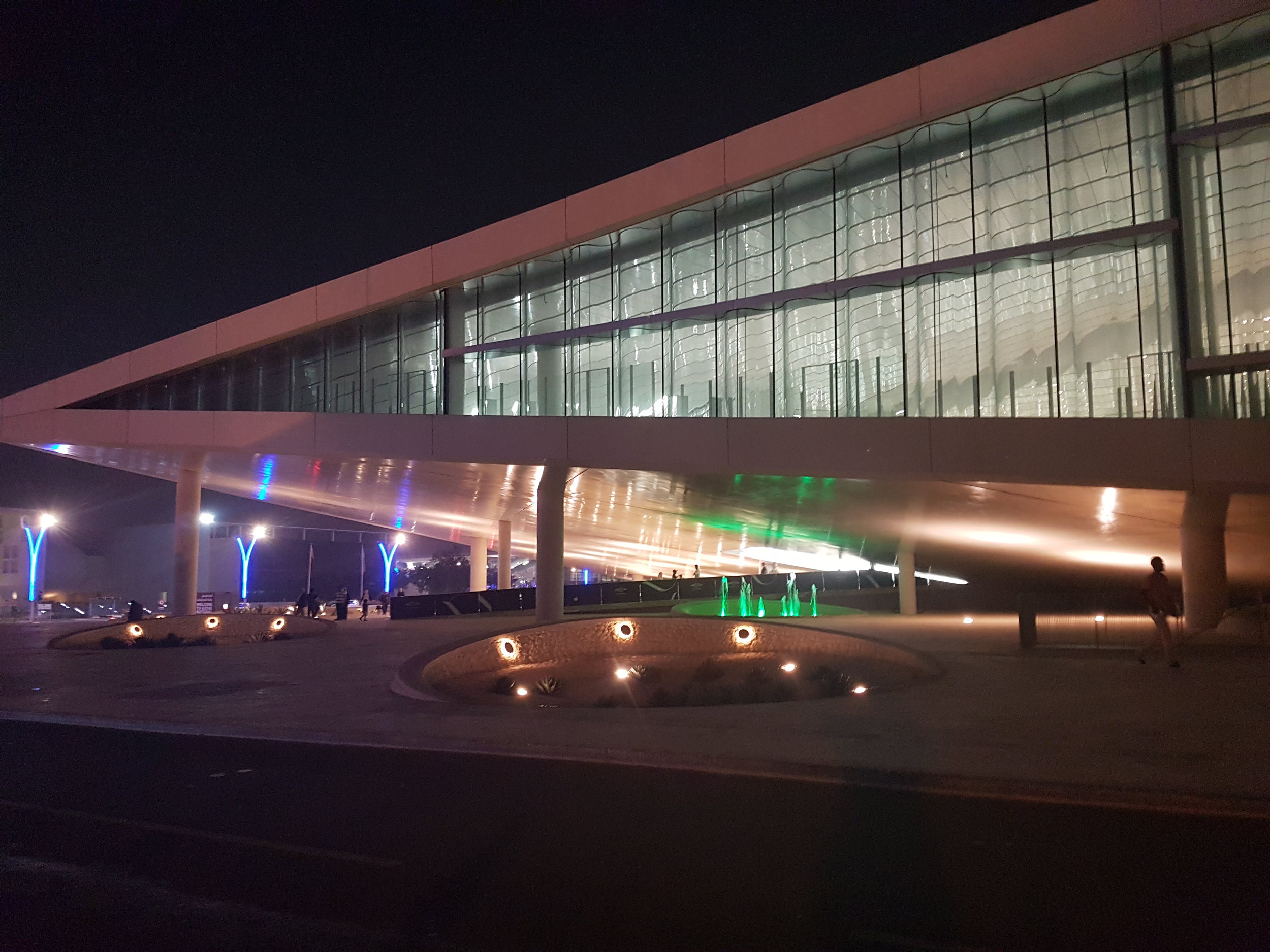
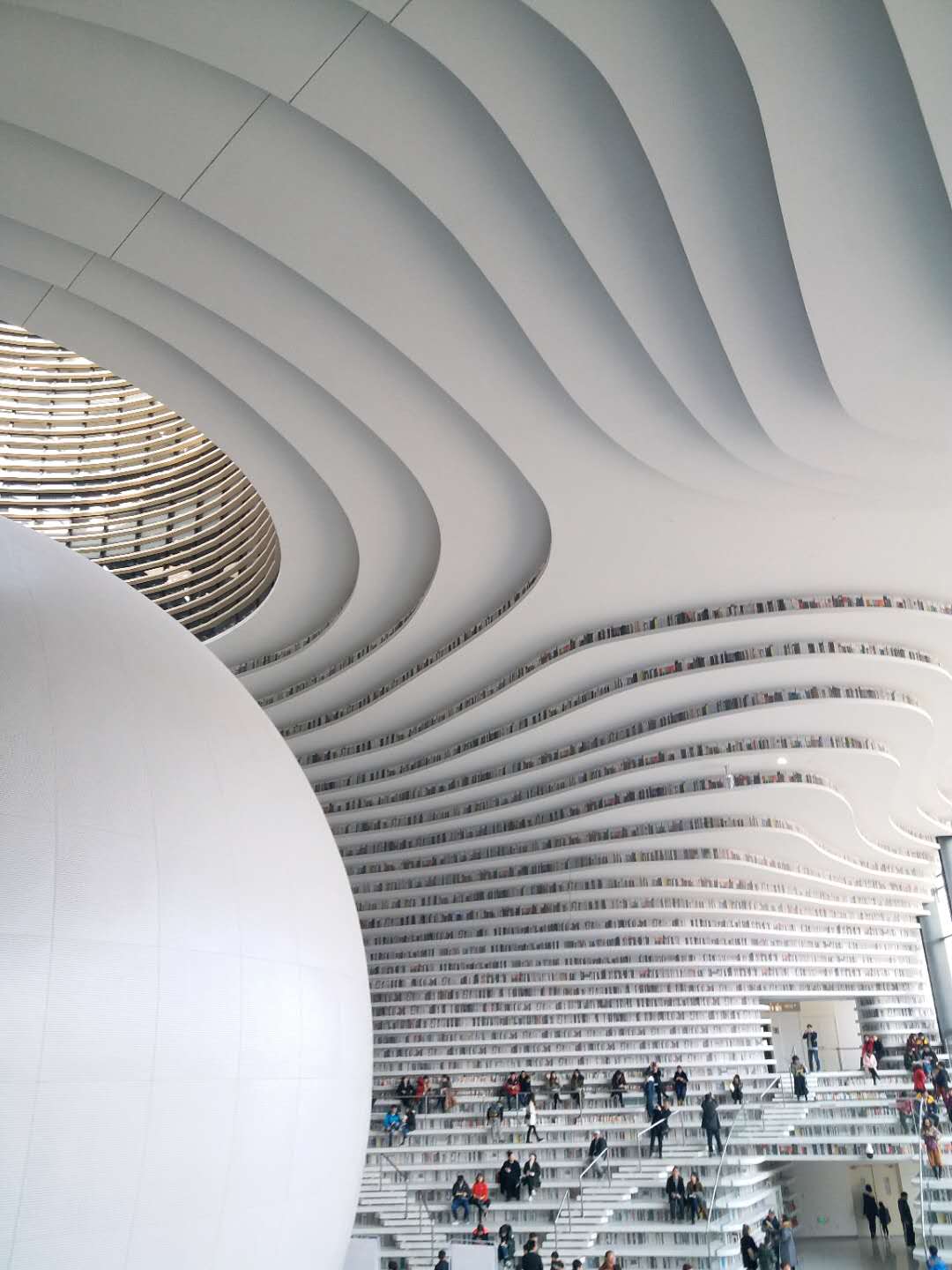
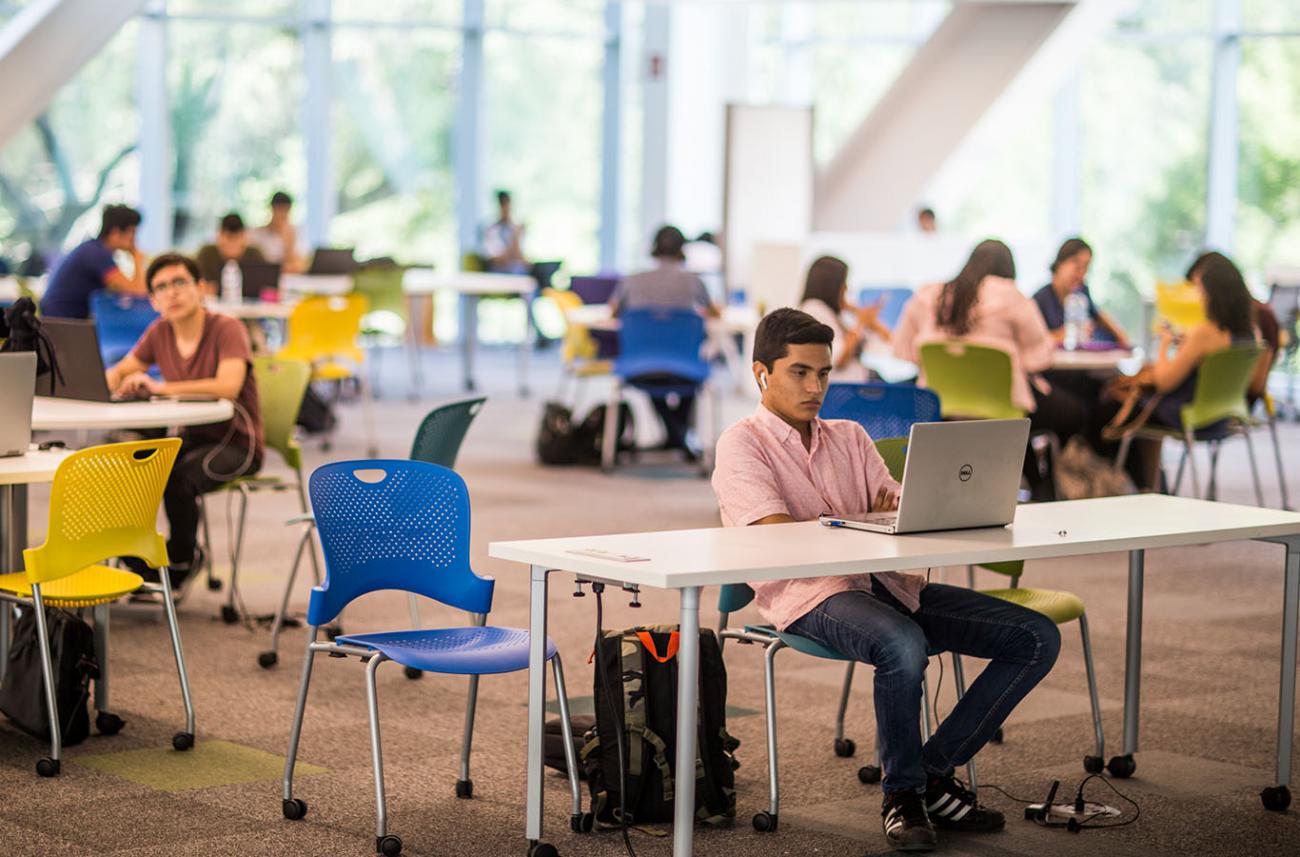

)